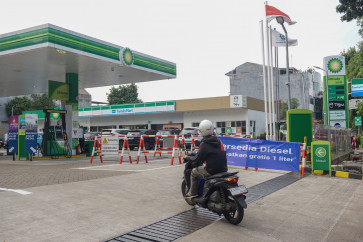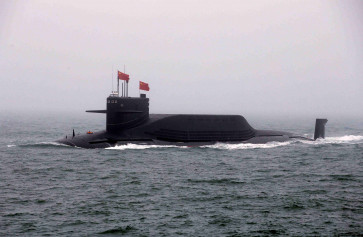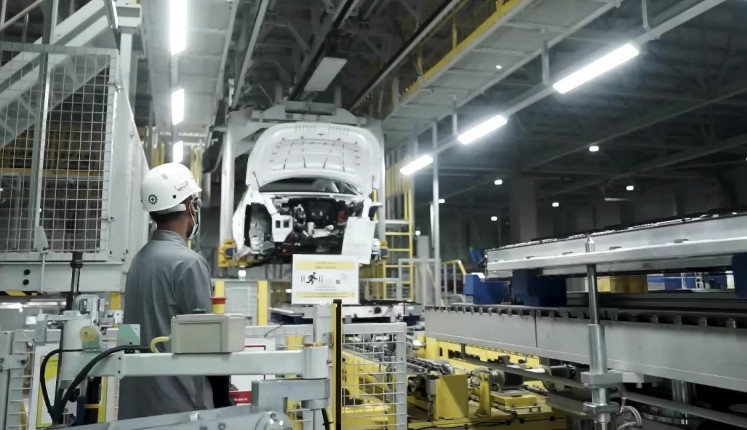Popular Reads
Top Results
Can't find what you're looking for?
View all search resultsPopular Reads
Top Results
Can't find what you're looking for?
View all search resultsRio Tinto launches probe after destroying ancient Aboriginal site
Mining giant Rio Tinto launched a high-level review of its operations in Western Australia on Friday after the company blew up a 46,000-year-old Aboriginal heritage site to expand an iron ore mine.
Change text size
Gift Premium Articles
to Anyone
M
ining giant Rio Tinto launched a high-level review of its operations in Western Australia on Friday after the company blew up a 46,000-year-old Aboriginal heritage site to expand an iron ore mine.
In announcing the move, Rio Tinto chairman Simon Thompson issued a formal apology to indigenous communities for the destruction on May 24 of ancient rock shelters in the Juukan Gorge in Western Australia's Pilbara region.
"The decision to conduct a board-led review of events at Juukan Gorge reflects our determination to learn lessons from what happened and to make any necessary improvements to our heritage processes and governance," he said in a statement.
He said the review would begin immediately and would work with the Pinikura and Puutu Kunti Kurrama Aboriginal (PKKP) communities who are the traditional owners of the region.
It will issue a final report by October, the company said.
Rio Tinto initially defended its blasting in the Juukan Gorge as authorized under a 2013 agreement with the state government.
But emotional protests by Aboriginal leaders, who said they hadn't been informed of the planned blasting until days before it happened, led the company to apologies and announce the review.
The cultural importance of Juukan Gorge was confirmed by an archaeological dig carried out at one of the rock shelters a year after Rio Tinto obtained approval to blast in the area.
The dig uncovered the oldest known example of bone tools in Australia -- a sharpened kangaroo bone dating back 28,000 years -- and a plaited-hair belt that DNA testing linked to indigenous people still living in the area.
"There are less than a handful of known Aboriginal sites in Australia that are as old as this one", Puutu Kunti Kurrama Land Committee chair John Ashburton said, describing the site as one of the earliest-occupied locations nationally.
"Our people are deeply troubled and saddened by the destruction of these rock shelters and are grieving the loss of connection to our ancestors as well as our land," he said.
The state government also said it would review the laws governing mining operations near indigenous heritage sites.
The issue surfaced again last week when another mining giant, BHP, said it had just been given government approval to destroy up to 40 indigenous heritage sites in the ore-rich Pilbara.
BHP subsequently said it would also review its plans, but did not commit to protecting the Aboriginal sites as it pursues an Aus$4.5 billion (US$3.1 billion) expansion of its South Flank iron ore mine.
Iron ore is Australia's top export, worth more than Aus$77 billion to the economy last year.
Much of it is extracted from the sparsely populated Pilbara, where indigenous groups have ownership rights over large swathes of the region.










